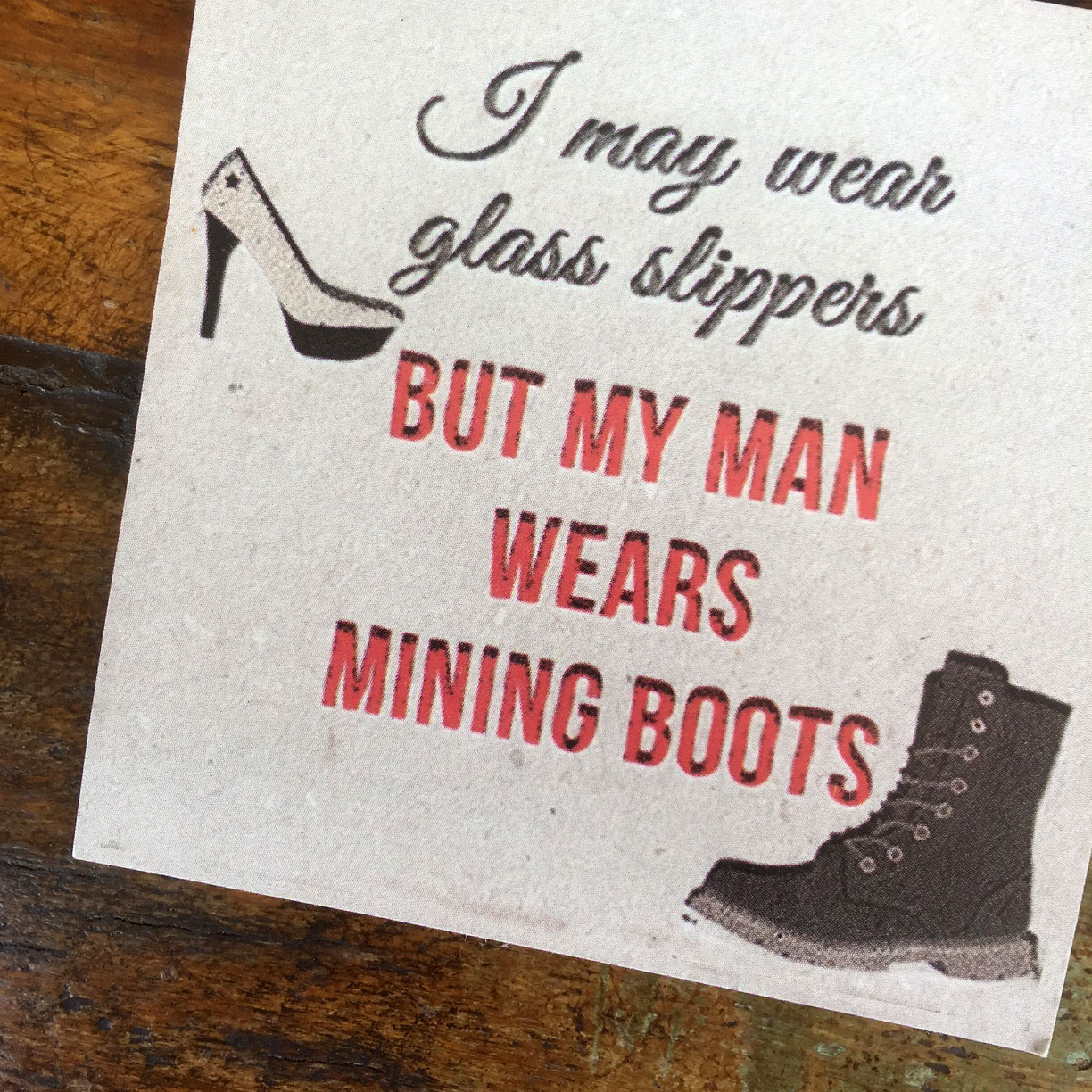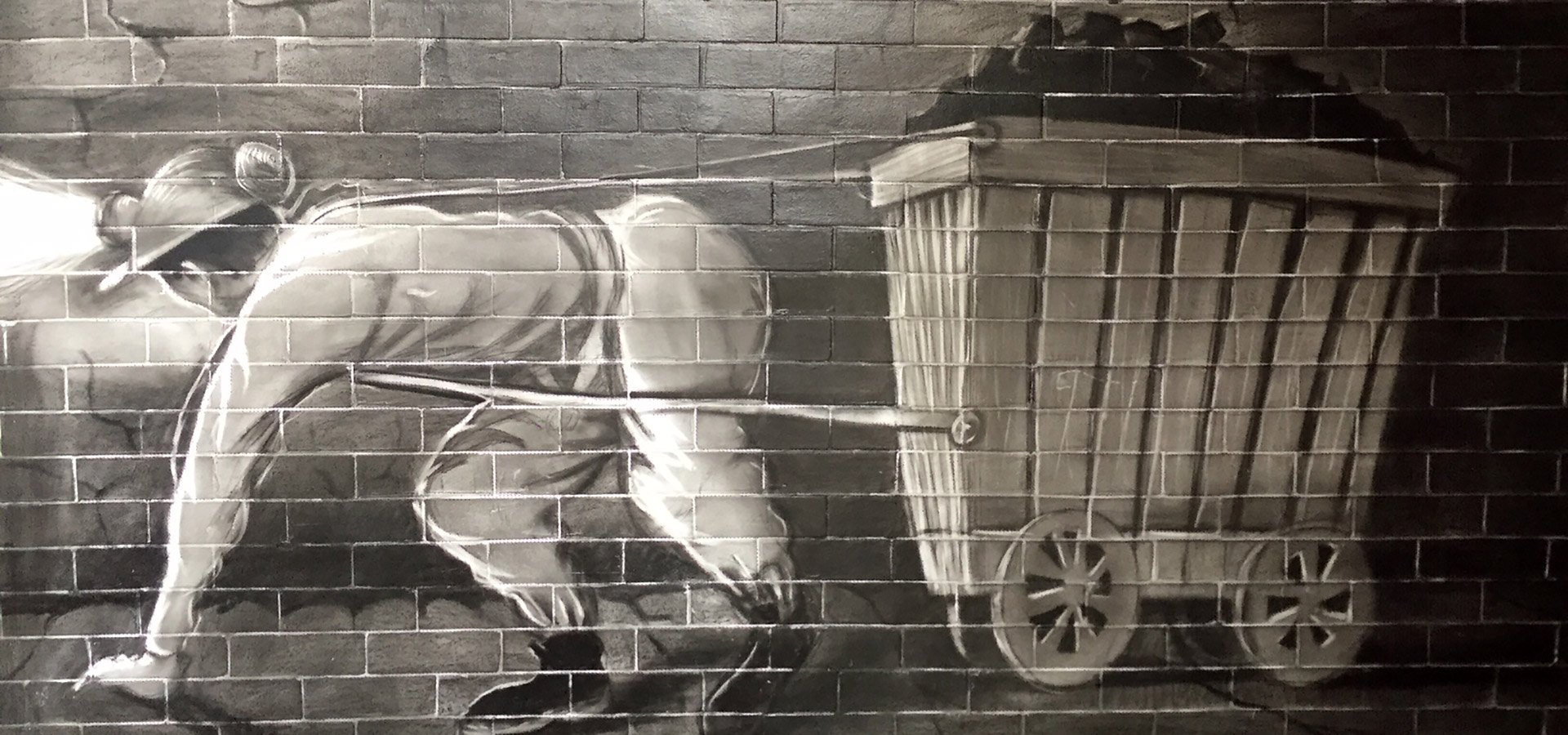Mineority by Saby in Kalyani Nagar, Pune, has been open for a year. The theme of the restaurant, as a staff member points out, is “miners, mining regions and the mining community of India”. The menu has Miner’s Lunch Tiffins priced between Rs 250-450. Cocktails include Coal Blooded: “Often miners and mining engineers working inside the mines suffered from coal dust accumulated in the respiratory system and in blood. The coal miners were given a drink as banana and gur as blood purifier. Ripe banana, seasonal fresh fruit, vodka60, honey, gur syrup, fresh cream, blended together into a healthy fresh smoothie. Rs 445”.
Diggers pakoras (Rs 175) and Signature Black Chicken Chunks (Rs 425) sit with a Coal Field Margarita Pizza (Rs 425), among other “National” and “International” dishes on a menu that doesn’t know which way is up. But the issue here isn’t a menu confused about cuisine and prices.
Sabyasachi Gorai earned much adulation as a chef when he was awarded the title of “best chef in India” by the then President of India, Pratibha Patil, during the National Tourism Awards 2011-12, and then among Delhi’s food-wise circle with his Armenian venture Lavaash. And perhaps justifiably so. However, it'd be very unwise if his fans decided to turn a blind eye to the insensitivity and obliviousness that’s evident at Mineority.
“Mining has the distinction of being the most dangerous profession in India,” said a June 2016 Indian Express article about Indian mines. “Industry insiders concede that official numbers could be much lower than the actual deaths that take place deep inside the mines. Every third day last year, on an average, there was a serious accident in the coal mining sector—making it arguably the most dangerous profession in India.” Considering the working conditions miners have to endure not just in India but across the world, Mineority is entirely—and heavily—inappropriate.
It’s one thing to be inspired by the food of a country’s mining regions, but quite another to lack empathy for the backbone of the mining industry. In fact, could a restaurant that serves “food inspired by mining regions” manage to be successfully sensitive unless it serves what miners eat, exactly the way they eat it, and at the exact cost that it comes to them?
Sheena Dabholkar, Pune resident and Editor + Creative Director of online lifestyle magazine LOVER, ended up at Mineority after she found out a new restaurant had popped up in the space previously occupied by a Mexican restaurant. Showing us pictures from the restaurant, Sheena told Binge: “I simply can't understand how the theme is made 'playful’. Look at this coaster.

It feels like profiteering to me. I've seen them calling it a tribute to miners but it's really tone-deaf and insensitive. Here, eat this delicious overpriced dish in front of a mural of emaciated miners sharing a dabba."
Elaborate depictions of miners run across the walls, including one lugging a cart of coal (see top image). We cannot comment on the food because we never ended up tasting it. We're not sure we'd be able to enjoy a meal in such a setting, especially when it claims to be inspired by the lives of miners, is served at prices miners could never afford and names itself Mineority without considering how offensive that is. "It's 2017. It is not okay to be profiting off a minority (or have the audacity to call it Mineority) and then using them as props. It's beyond insensitive; it's deplorable," Sheena adds.
We're not sure whether the concept that runs through Mineority is knowing of what it does, or just plain blinker-wearing. It cannot be denied that it's hard for a restaurant to be planned and executed over months with absolutely no idea of how it comes across. And as critics, it's our responsibility to throw light on not just what restaurants are doing well, but also on what they could be doing better—and most importantly, to call them out on their crap when they think they might be getting away with it.




